Graphic Design > Humbi Ambi
AMBI RESEARCH PROJECT
PROJECT TYPE
Degree Project
ROLE
Graphic Designer
TOOLS USED
Illustrator, Photoshop, InDesign, Lightroom
YEAR
2018
ABOUT
During Wintersession 2018, I decided to study abroad to learn about a design known as
"ambi," also known as paisley. I traveled to various parts of India to learn about the design's
impact on the community it surrounds and how it is implemented in people's daily lives. From New
Delhi to Agra to Jaipur to Amritsar, I discovered ambis on various surfaces and adorned by the
locals. My research consisted of a collection of images, conversations with artisans and market
vendors, and new friends.

BACKGROUND
Ambi, a design that closely resembles a flower bud, wing, palm leaf, mango, and so on,
can be displayed on a variety of surfaces including wood, fabric, paper, leather, and stone. Its
rich history has influenced people all over the world to replicate and incorporate this pattern into
their cultures. Growing up, this simple outline had an impact on my life, prompting me to return to
my roots and the roots of ambi.
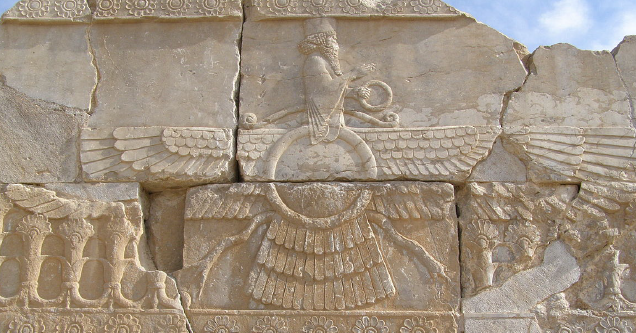
Paisley's can be traced back to Cyrus the Great's Zoroastrian Empire in the sixth
century, where it was first said to have been designed to represent the empire's state religion. The
symbol was called "Faravahar," and it represents having good thoughts, words, and deeds. The symbol
spread as a result of the festivities and celebrations that took place during the Iranian New Year,
and it became a well-known icon among Iranians. The Ferdowsi Tomb, which was built in 1930, also has
the Faravahar carved on the front of the structure. The Faravahar was created to teach the general
public how to live progressively so that their souls could reach the supreme divinity.
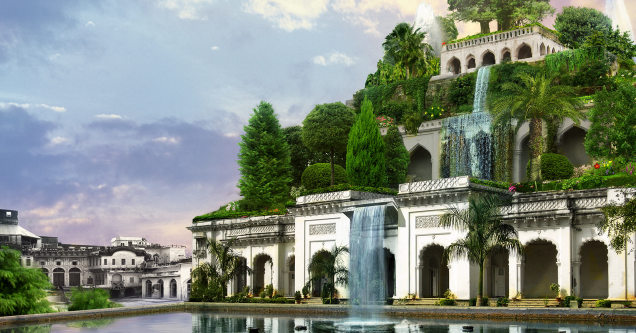
The paisley design was first inspired by the palm leaf during the Babylonian era,
2334-2279 BCE, because it provided the Babylonians with food, wine, thatch, wood, paper, string, and
so much more. As the empire expanded, so did culture, religion, design, and beliefs. It eventually
made its way east from the Middle East, into Pakistan, India, and China.
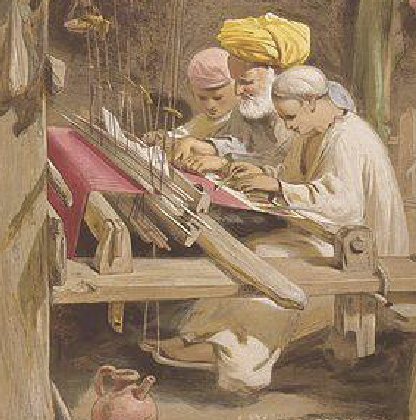
The pattern began to take on new meanings and was discovered on a variety of surfaces.
Shawls made of wool were one of the most well-known surfaces on which the pattern could be found.
Shawls were popular in Kashmir, a cold region shared by India and Pakistan.

When the Silk Trade first began, merchants would sell goods that would eventually make
their way to Europe. Spices and products leaving India were taxed three times the amount of the
product itself. Shawls were extremely expensive, but their beauty could not be denied. Many
Europeans purchased shawls in large quantities to sell and use during the winter because they served
a useful purpose. Only the wealthy could afford them, which is why many paintings include these
costly, detailed works. They are used as accents or tapestries to add definition, color, wealth,
complexity, and romance.
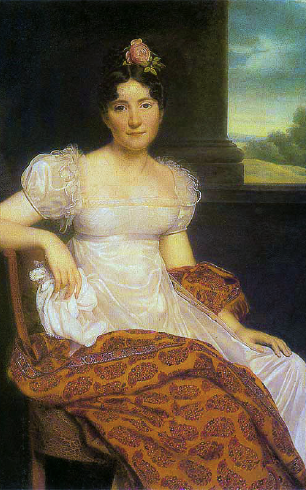
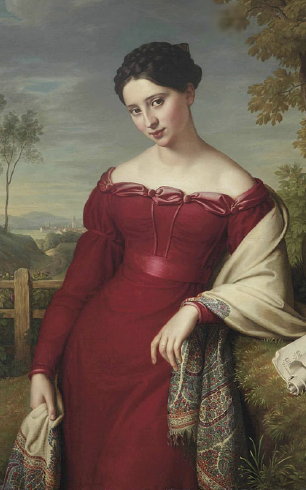
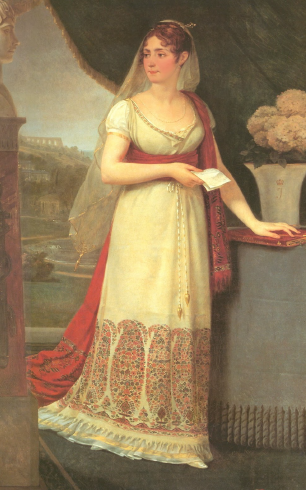


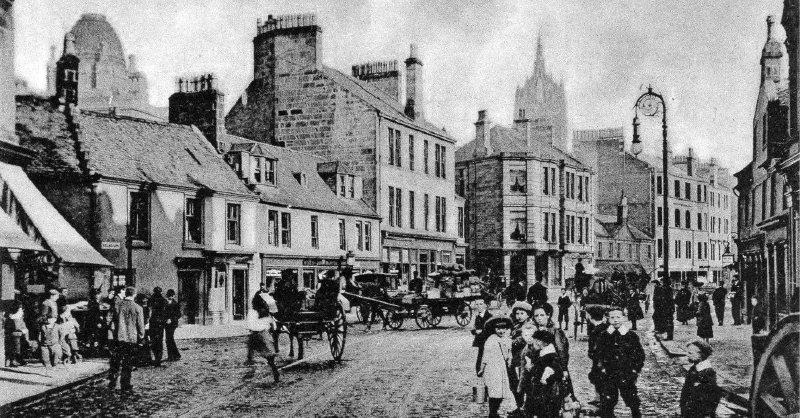
Scotland attempted to establish a manufacturing factory that would produce everything with paisleys
on it, which resulted in the town's name, which is still referred to as "Paisley Town" or "Paislig"
in dedication to a future textile production establishment today. It is located in Renfrewshire,
Scotland's west-central Lowlands, and served as a weaving industry center." The town was supposed to
provide its residents with jobs, popularity, and growth. The town was founded in the nineteenth
century but closed down in 1993 due to weavers going on strike in protest.

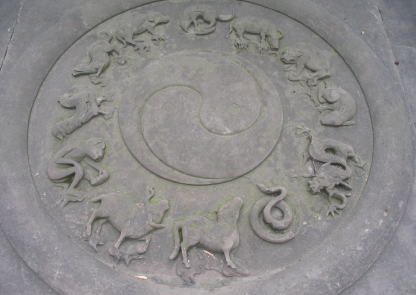
The symbol was printed twice in China, but one of the prints was flipped to fill in the gaps of the
one next to it. This pattern was known as the Yin and Yang (positive-negative). Two opposing forces
join forces to restore balance. Water and fire, for example, or light and dark are tangible
dualities that balance one another. It aided the development of medicine, exercise routines, and
Daoism in China.
TRIP TO INDIA
Following months of research, I decided to travel to India to immerse myself in the
world of ambi. For a month, I traveled to Delhi, Agra, Jaipur, and Amritsar, photographing ambis,
speaking with and learning from artisans about their craft, and soaking up as much as I could while
there.
NEW DELHI
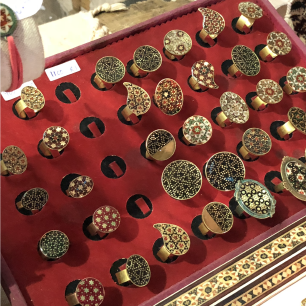
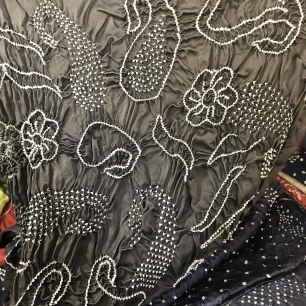
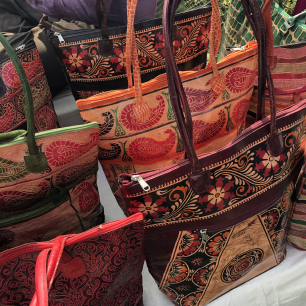
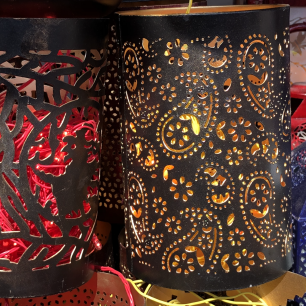
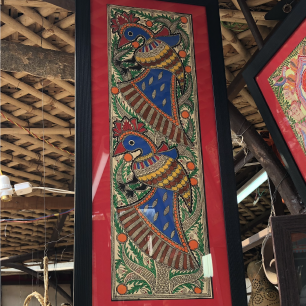
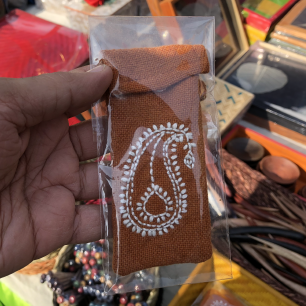

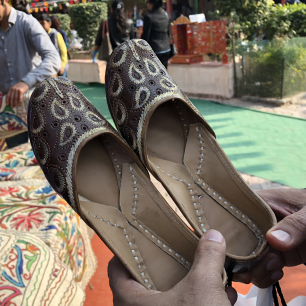
AGRA
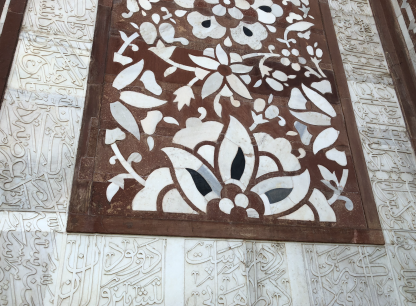
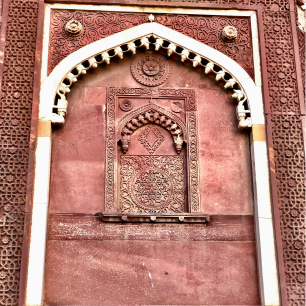


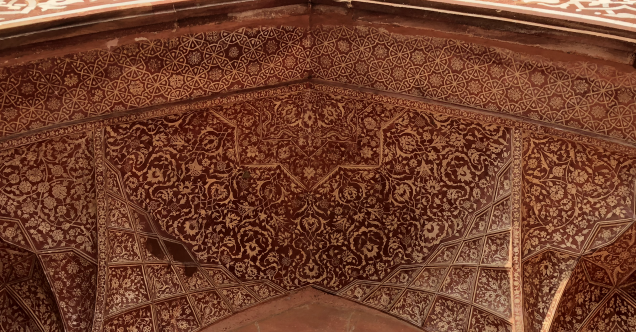
JAIPUR
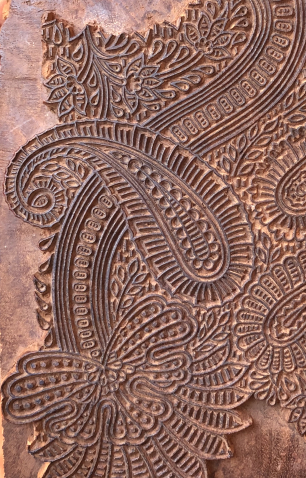


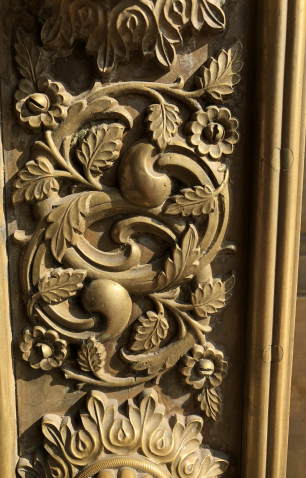
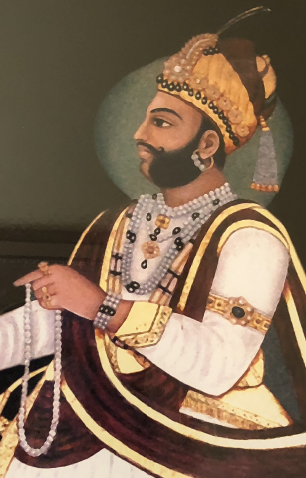

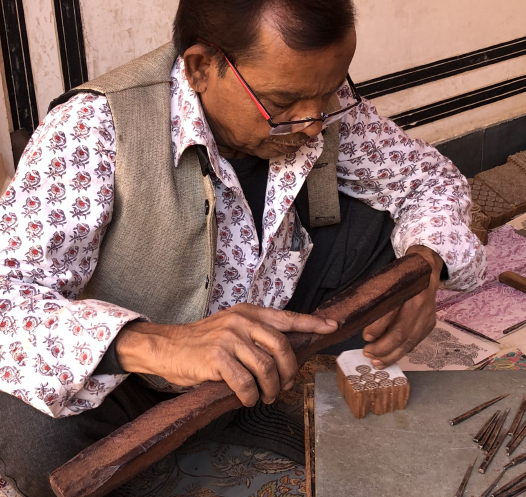
AMRITSAR
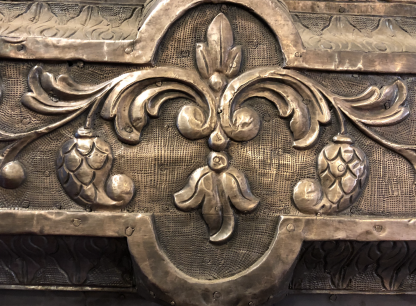
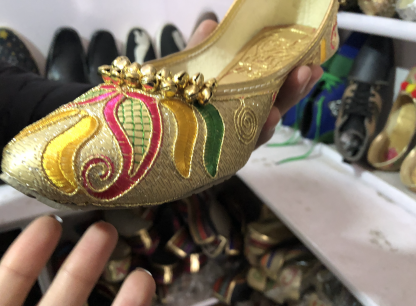
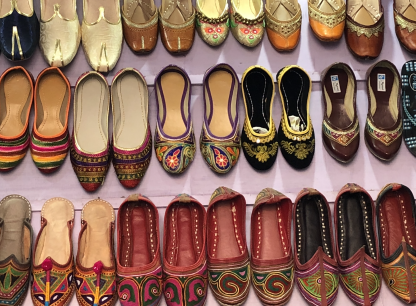
BOOK - The Final Product

